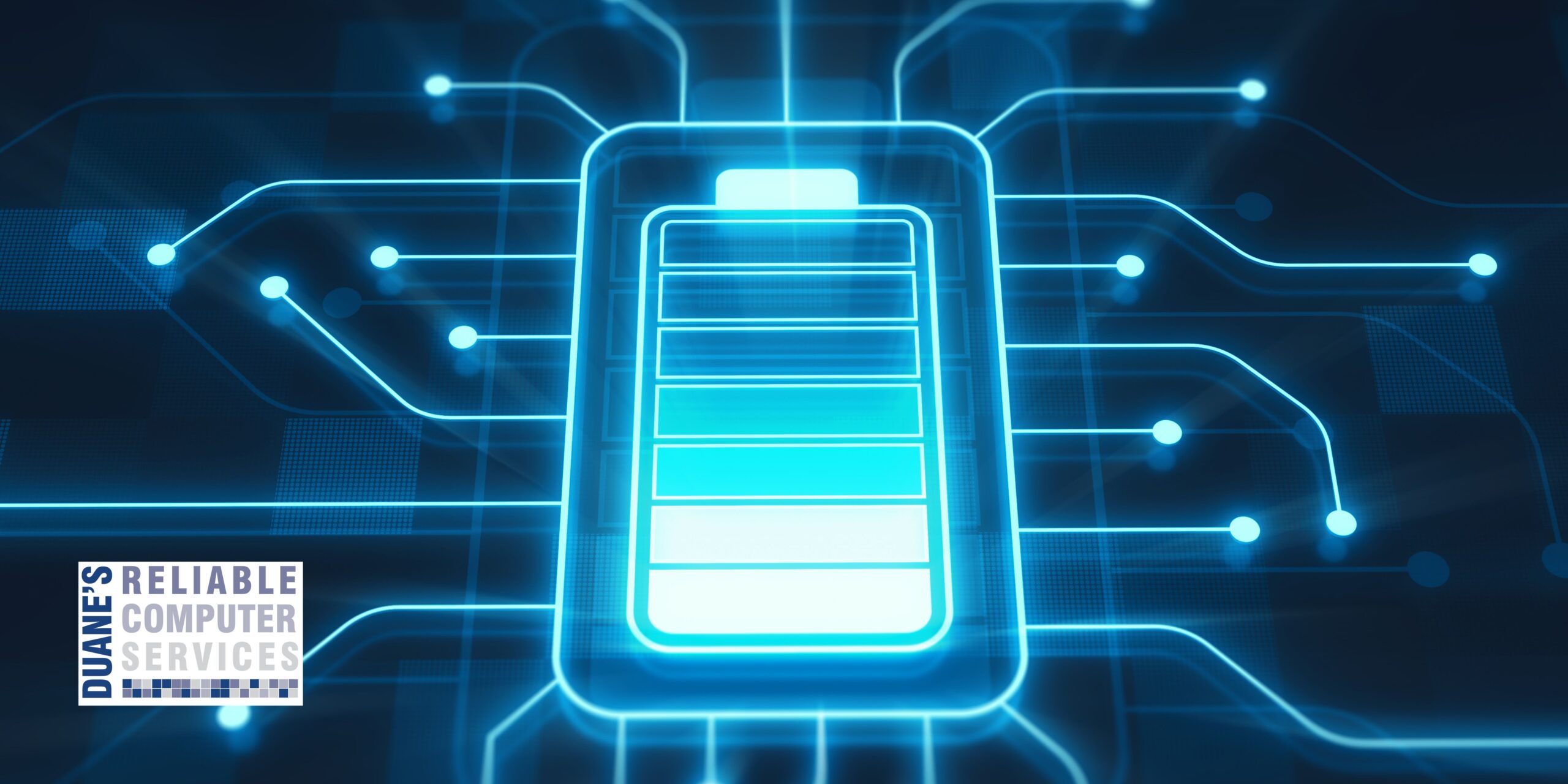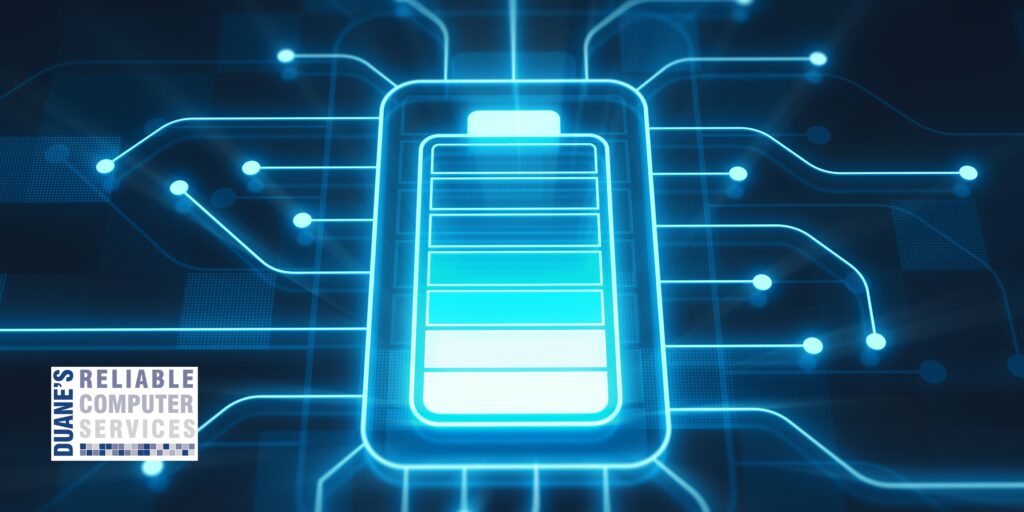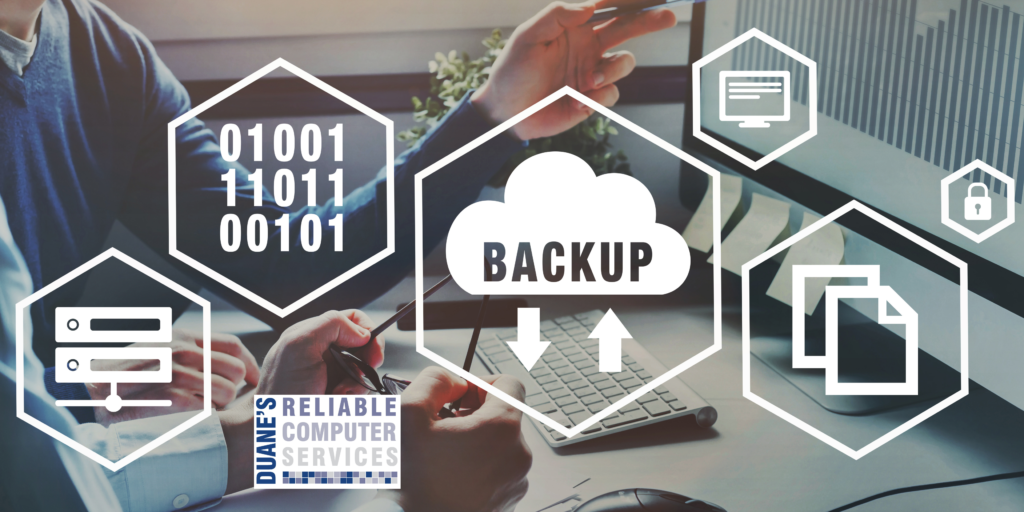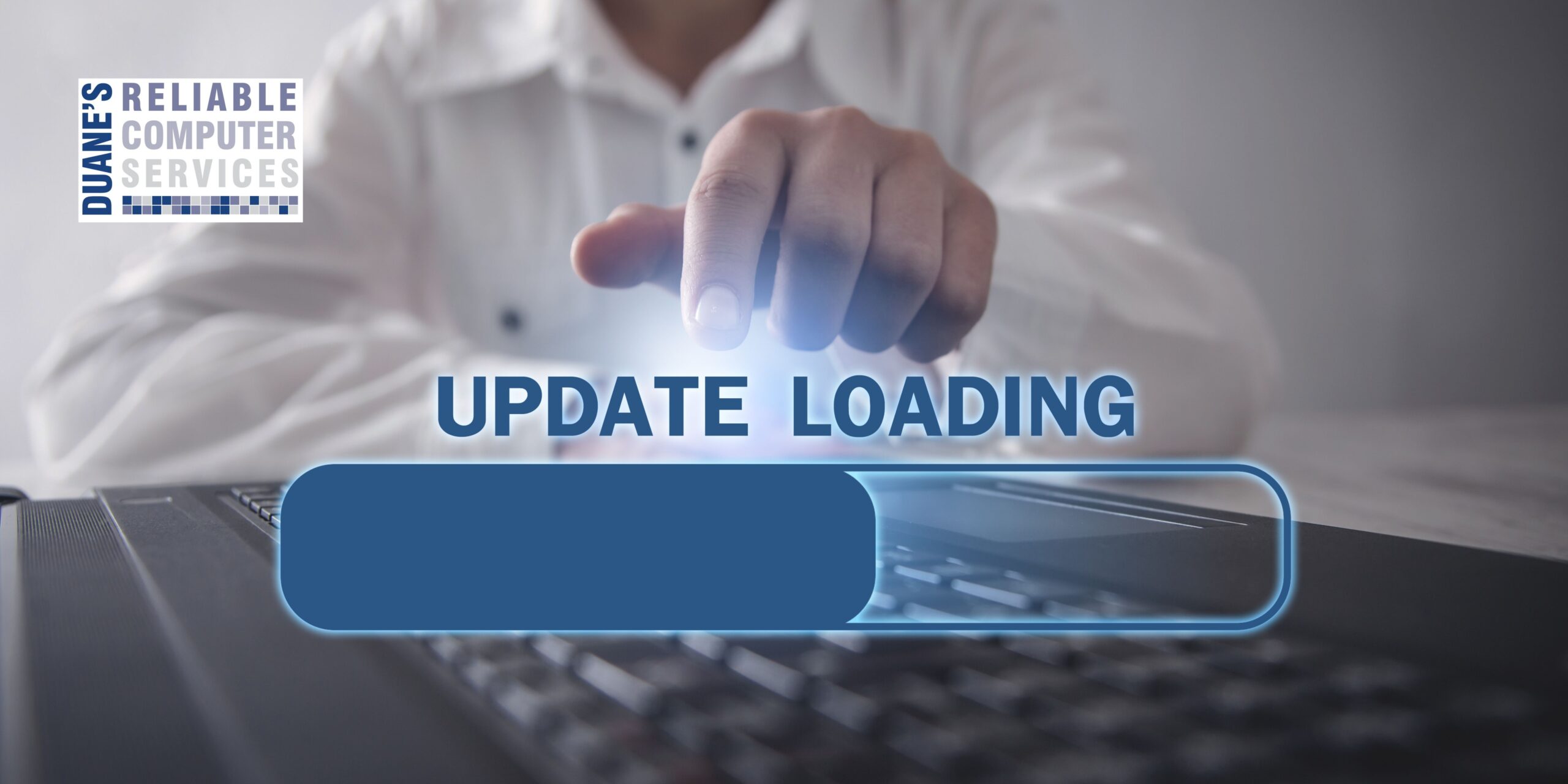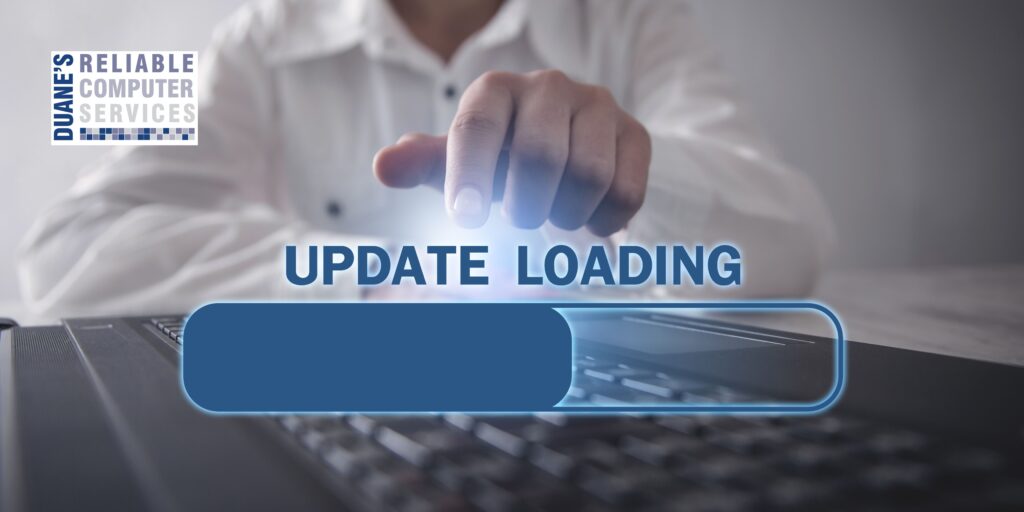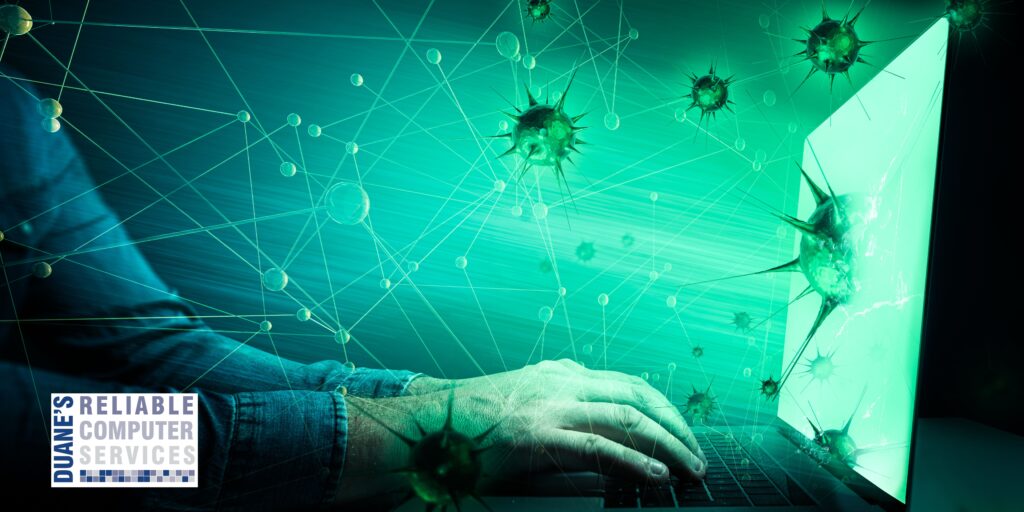
Many times, it is your online behavior that allows viruses and malware to infest your computer. Here is a list of things that you might be doing that can increase your chances of getting a virus or malware.
10. You visit recipe sites and allow the site to install their “print manager”. It only takes a few seconds to copy the recipe into a word document. Then you can save it or print it.
9. You click on links offering free music. I had a customer try this and he got a pop up that said, “I just stole your sound”, I had to find new drivers to get his speakers working again.
8. You click on the first result in your search even though it clearly says it is an ad. Many times, the first result, or the first few results in any search are ads. Usually, they have nothing to do with the company you are looking for. These can easily give you browser hackers.
7. In search results you pay attention to the heading and not the URL above it. The heading can be anything the website owner wants it to be. The URL is their actual website. If it doesn’t match what you are looking for, try another link.
6. You install software using the Express “Recommended” option rather than the Custom “Advanced” option. In reality the custom option will only ask you a few questions and allow you to say no to extra junk.
5. You allow your young children to use your profile which is an administrator when they play their online games. You can easily set up a standard user for them so they can’t install junk.
4. You follow any links that you get in unsolicited emails. Curiosity killed the cat, and it will kill your computer also.
3. You use a free version of anti-virus. Many times, while I am adding a paid anti-virus to a computer it will find malware in the initial scan that the free version never found. With anti-virus, you always get what you paid for so if you paid nothing, you would get nothing.
2. You always play the goofy games on Facebook to find out, for example, what kind of car best suits you. Many times, these “games” are only wanting to use your information to try and sell you something or worse.
And the number one way to get a virus or malware on your computer – You click on the first “download” button you see rather than reading that this button is actually part of an ad.
If you don’t understand any of these items, I would be happy to explain further. Or you can watch this Youtube video
I also have a subscription newsletter that covers things like this on a monthly basis. If you know someone that is vulnerable to scams this would be a great resource for them. If interested here is a link to subscribe to it.



